Hallux valgus (HV) is one of the most common deformities to the human foot [1]. A wider forefoot is exhibited through a lateral devia- tion (abduction) of the hallux with a corresponding medial deviation (adduction) of the first metatarsal (M1). Deformity disrupts the normal straight alignment of the first metatarsophalangeal (MTP) joint [2]. The Hallux valgus angle (HVA) is quantified by the angle between the first metatarsal and proximal phalanx [3]. The deformity is defined as mild, moderate and severe as the HVA increases from 15°–20° to 20°–40° and above 40° [4,5], with mild and moderate HV representing over 90% of all HV cases.
HV may influence foot morphology and biomechanics performance, which would induce foot dysfunction, gait deviations, and eventually impaired quality of life [6]. Other symptoms, such as metatarsalgia, plantar callosities, hammer toe deformities are commonly observed in patients with severe HV [7,8]. Additional reasons for HV deformity include genetic predisposition, high-heeled shoes and other ill-fitted shoes, particularly footwear with constrictive toe-box [9,10,6,11–13].
Studies found that subjects with HV changed plantar pressure at the forefoot region, especially in the first metatarsal and proximal phalanx [14,15]. Barefoot walking is beneficial for the natural development of foot morphology due to non-restrictive conditions. It was shown that barefoot walking enabled the foot to achieve its biologically ‘normal’morphology and functional performance [10]. Barefoot running or running with minimalist footwear was previously found to increase both intrinsic and extrinsic muscular foot strength and generation of more tactile contact forces [10,16–18]. Changes of plantar pressure in the forefoot region while running with a minimalist shoe has previously been reported [19]. However, no study has been conducted to ascertain what effect minimalist shoes running have on the foot morphology and biomechanical performance in mild and moderate hallux valgus po- pulations through a systematically long-term intervention. Therefore, minimalist running shoes were chosen and a running intervention was proposed to measure the foot morphology deformation and plantar pressure distribution alteration. The HVA was measured via x-ray scanning and basic foot anthropometric parameters were chosen to il- lustrate the foot morphology changes.


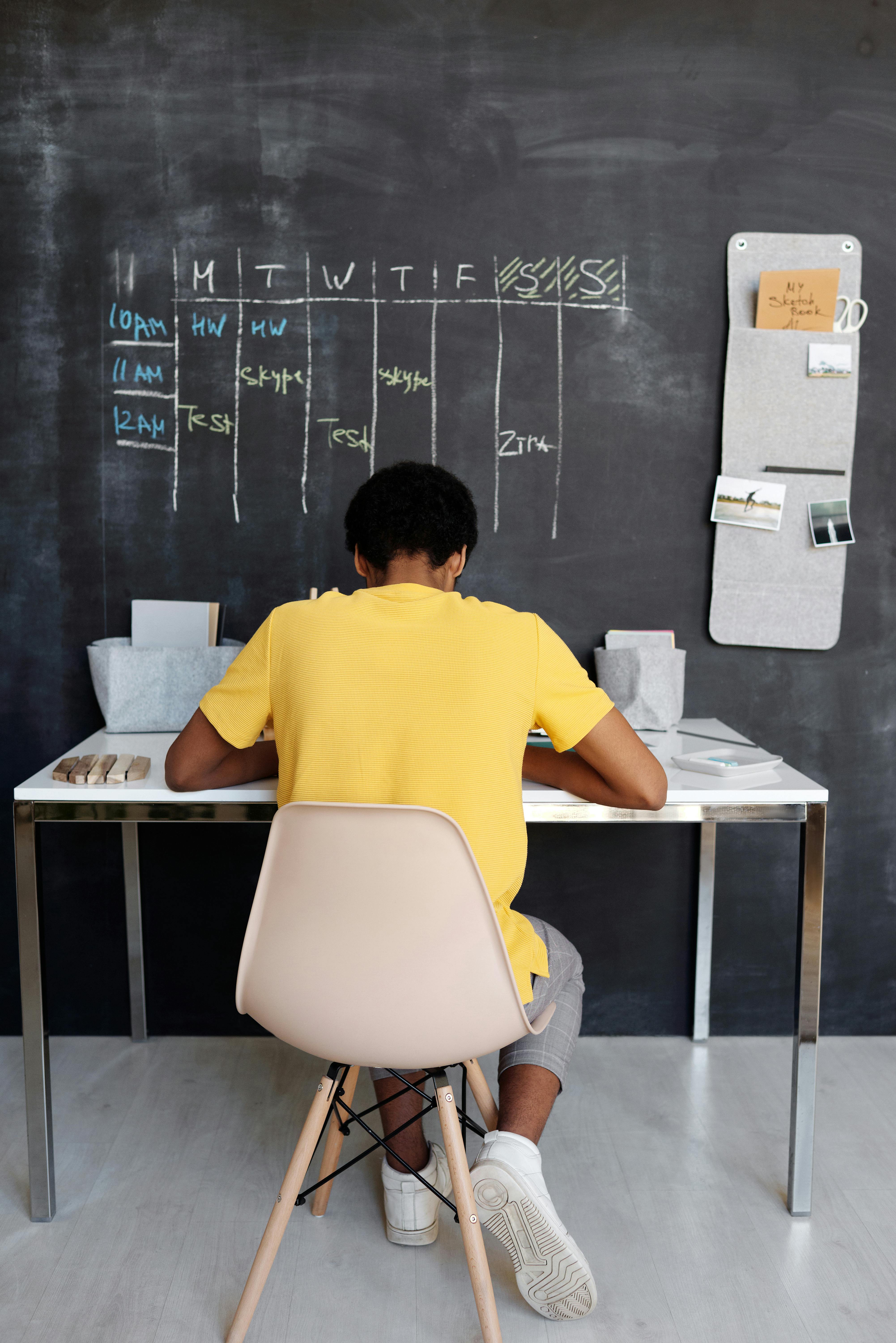
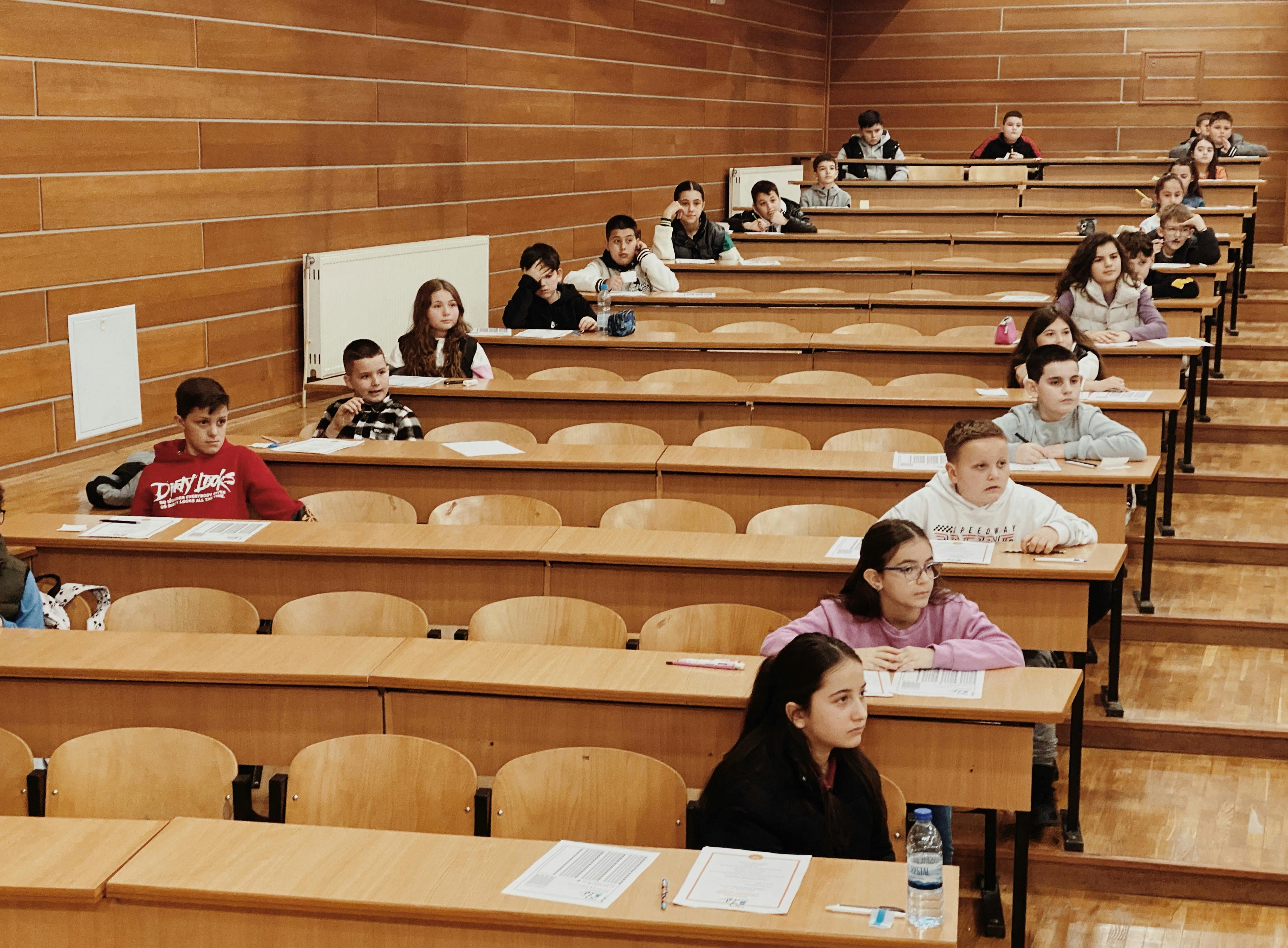
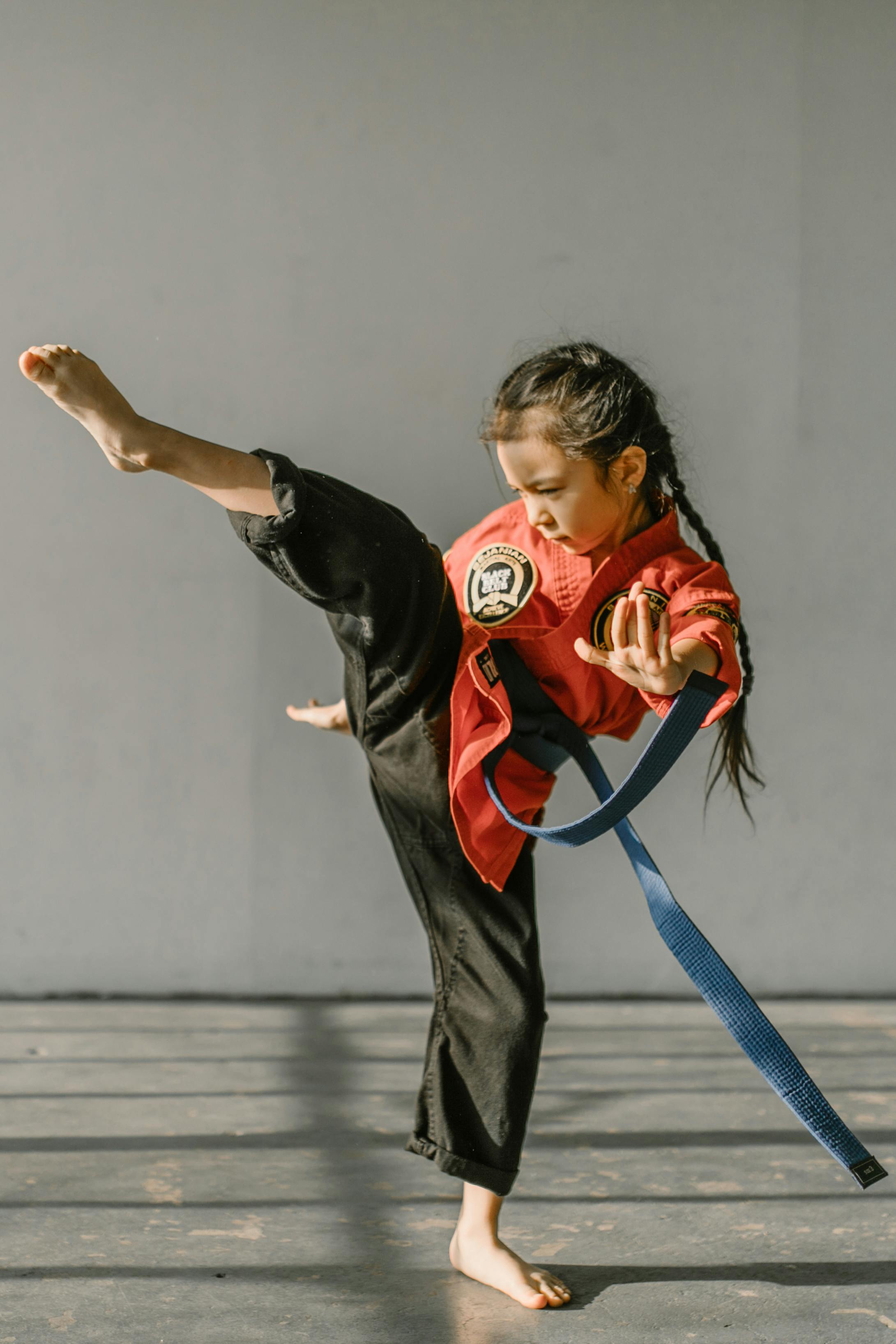
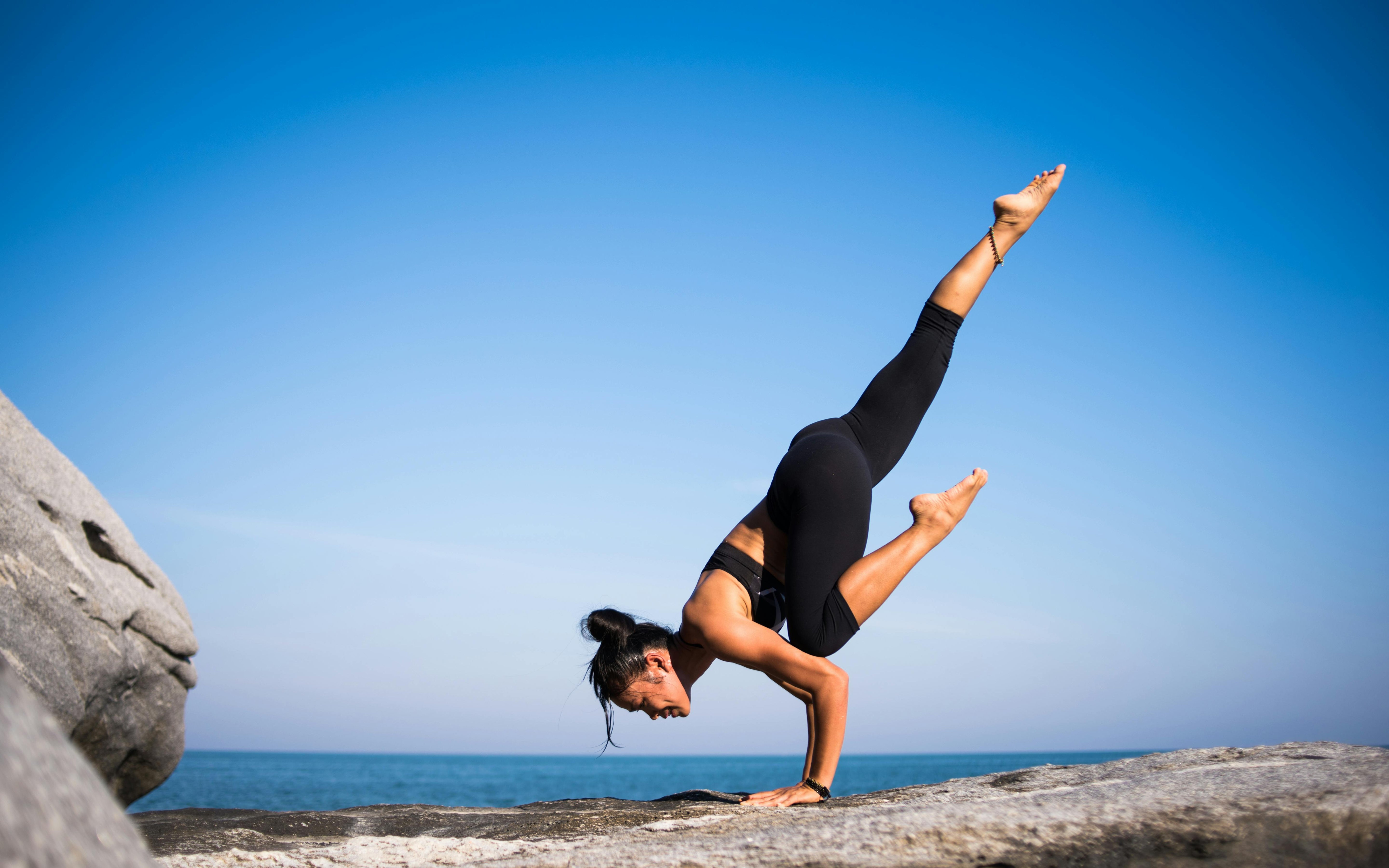
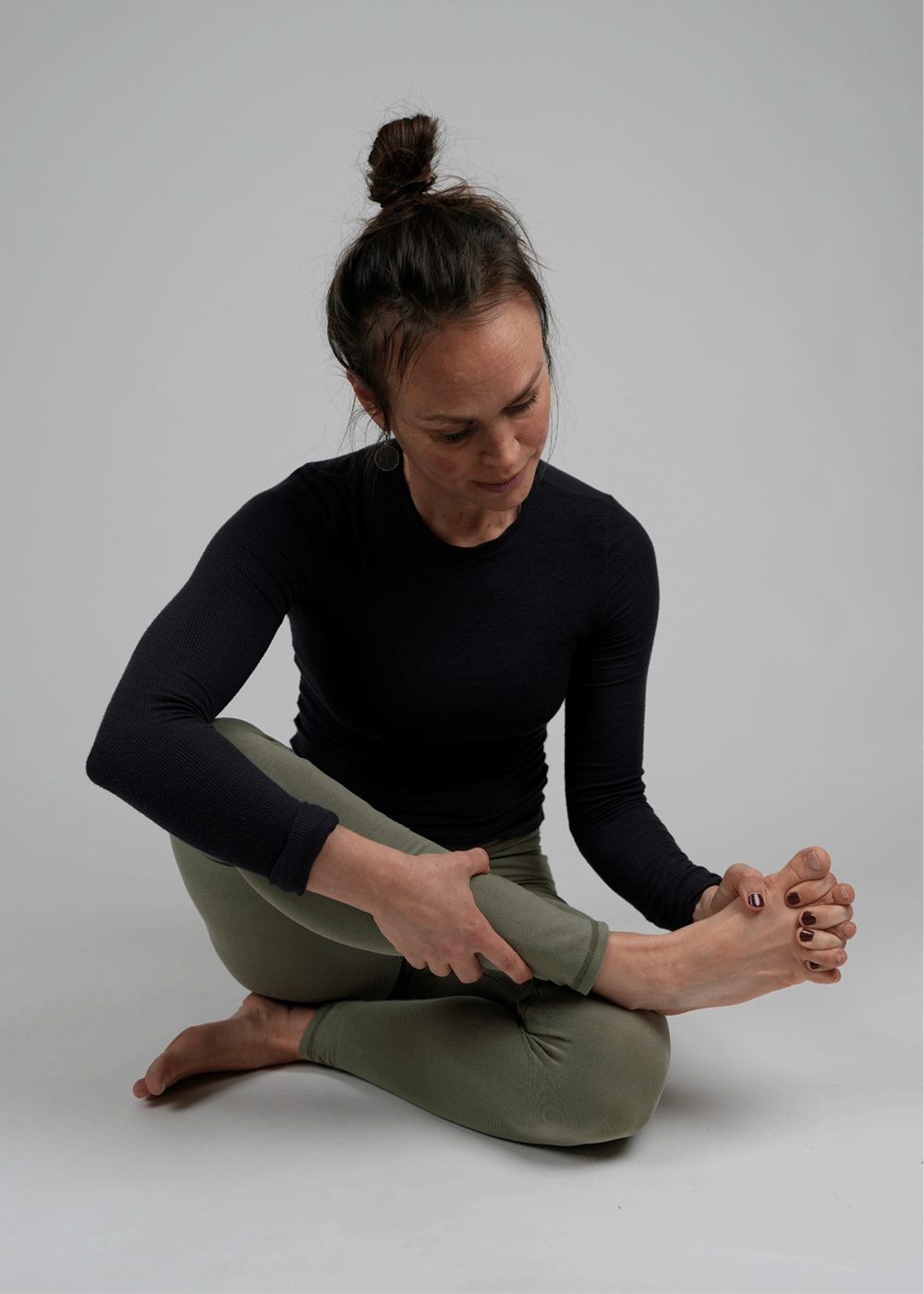
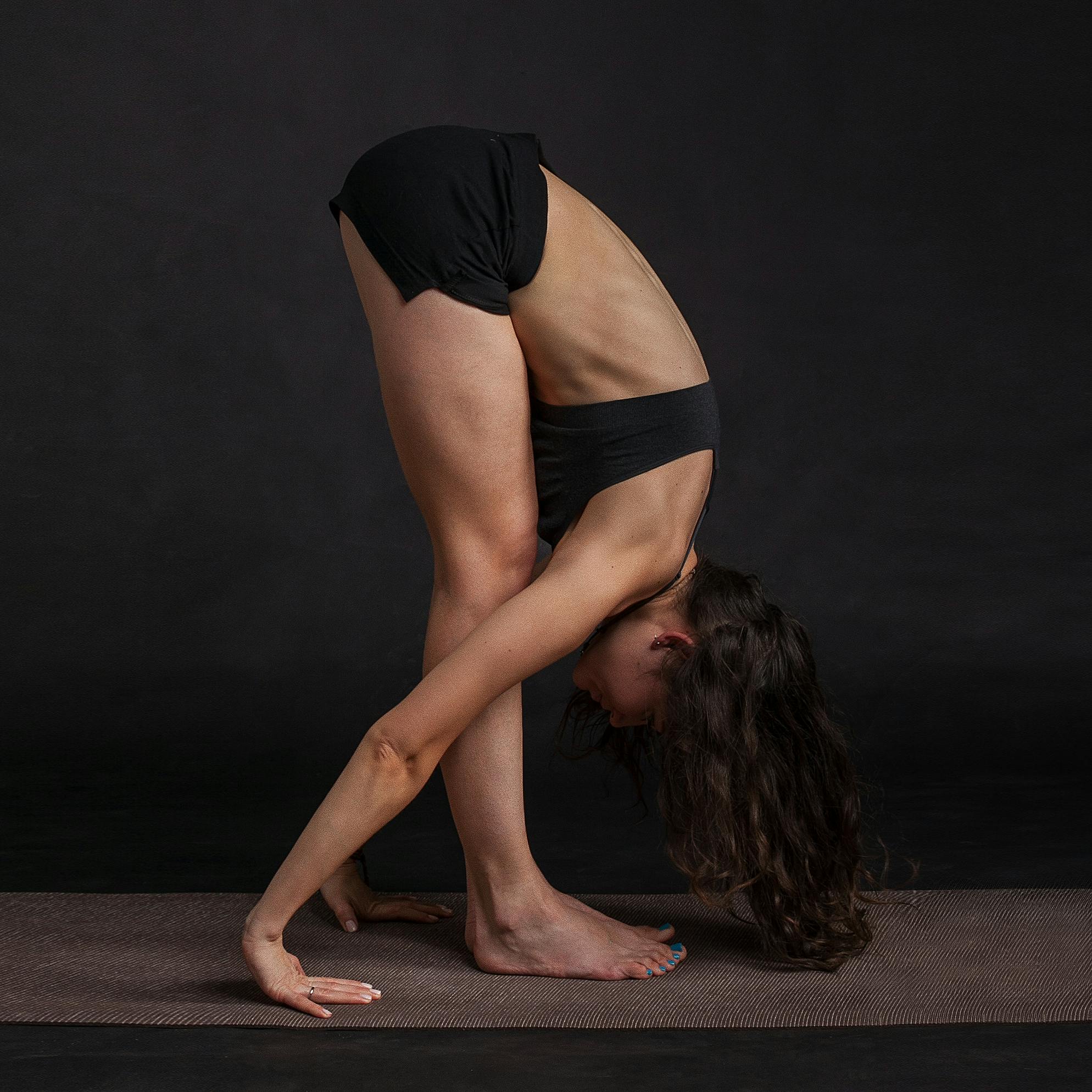

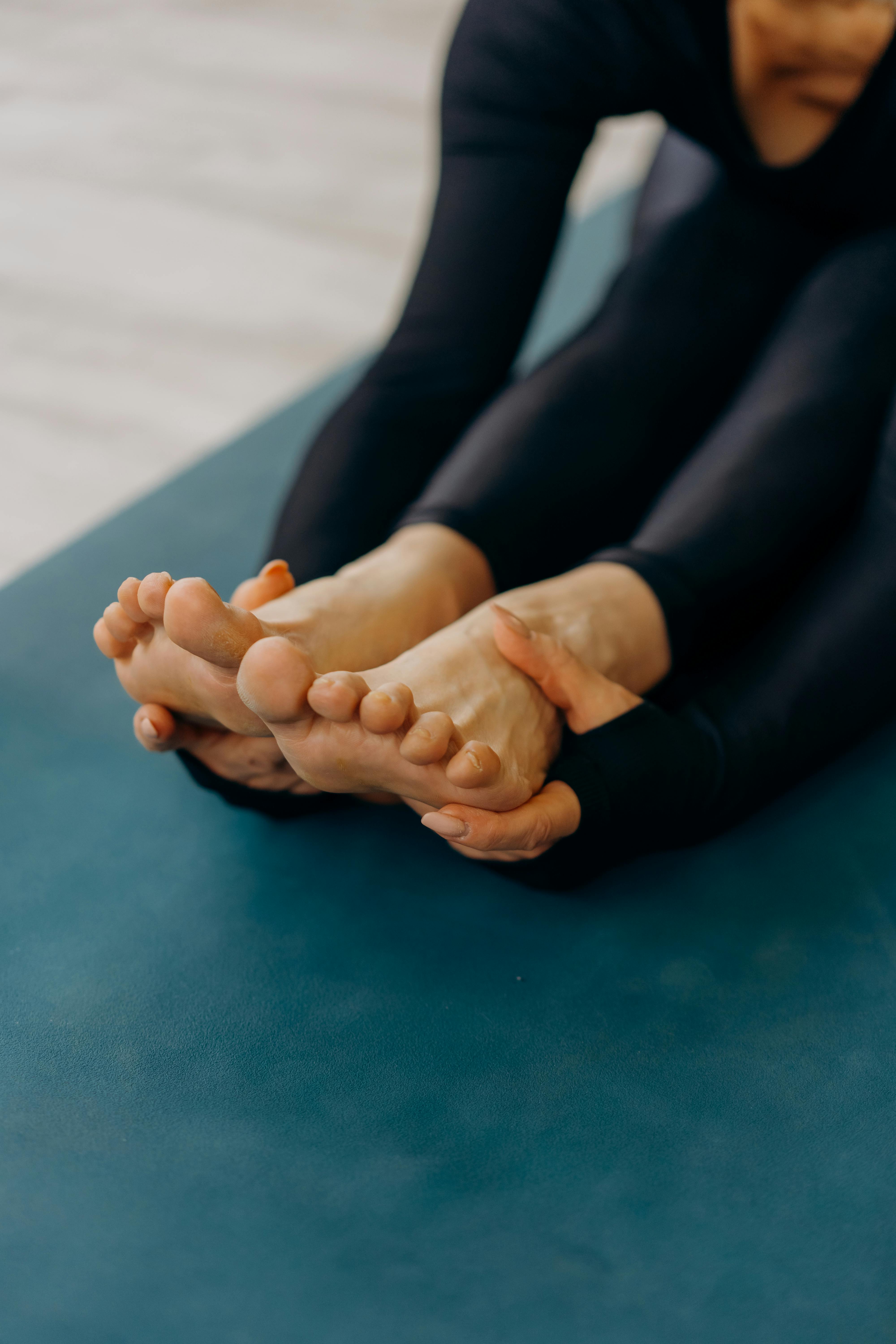
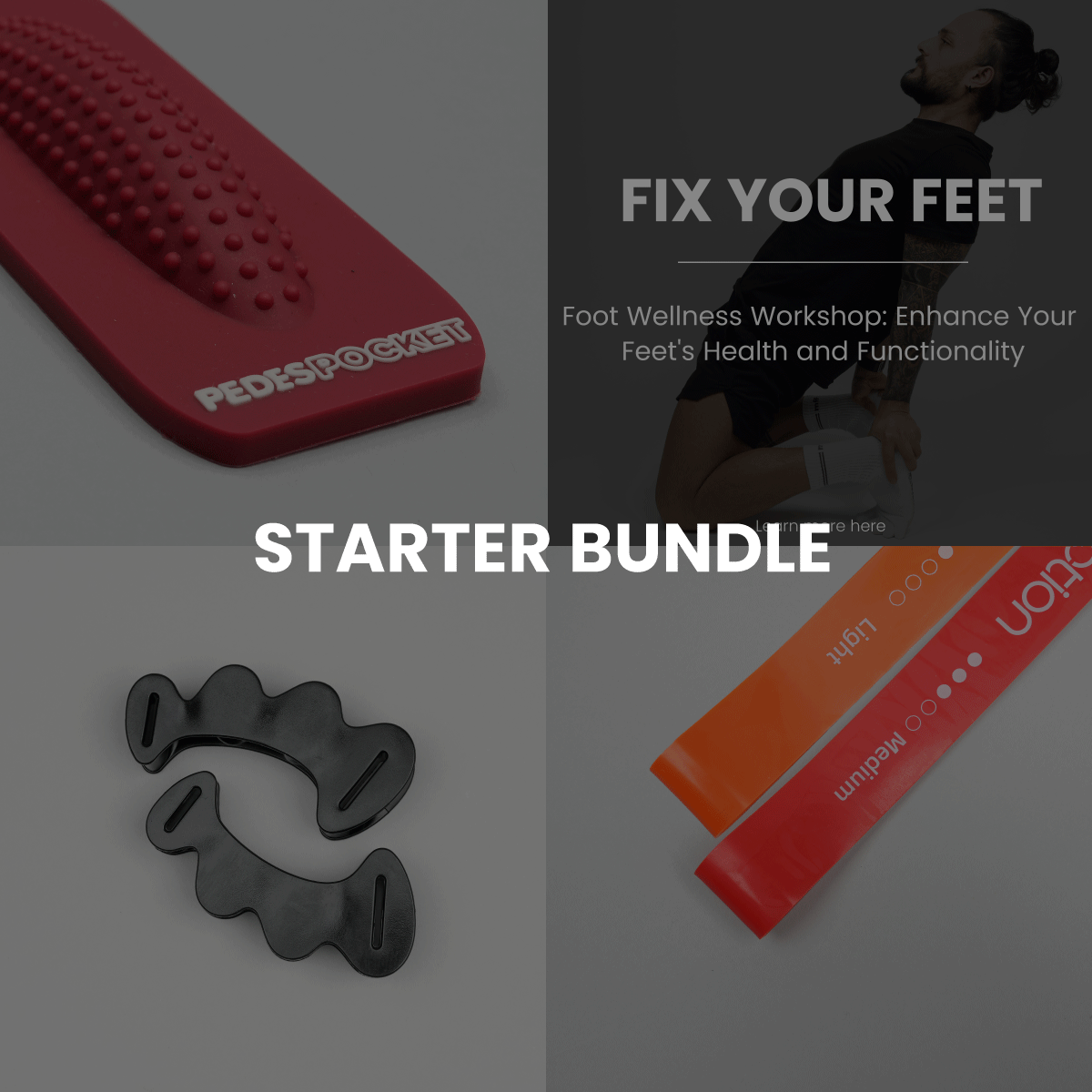
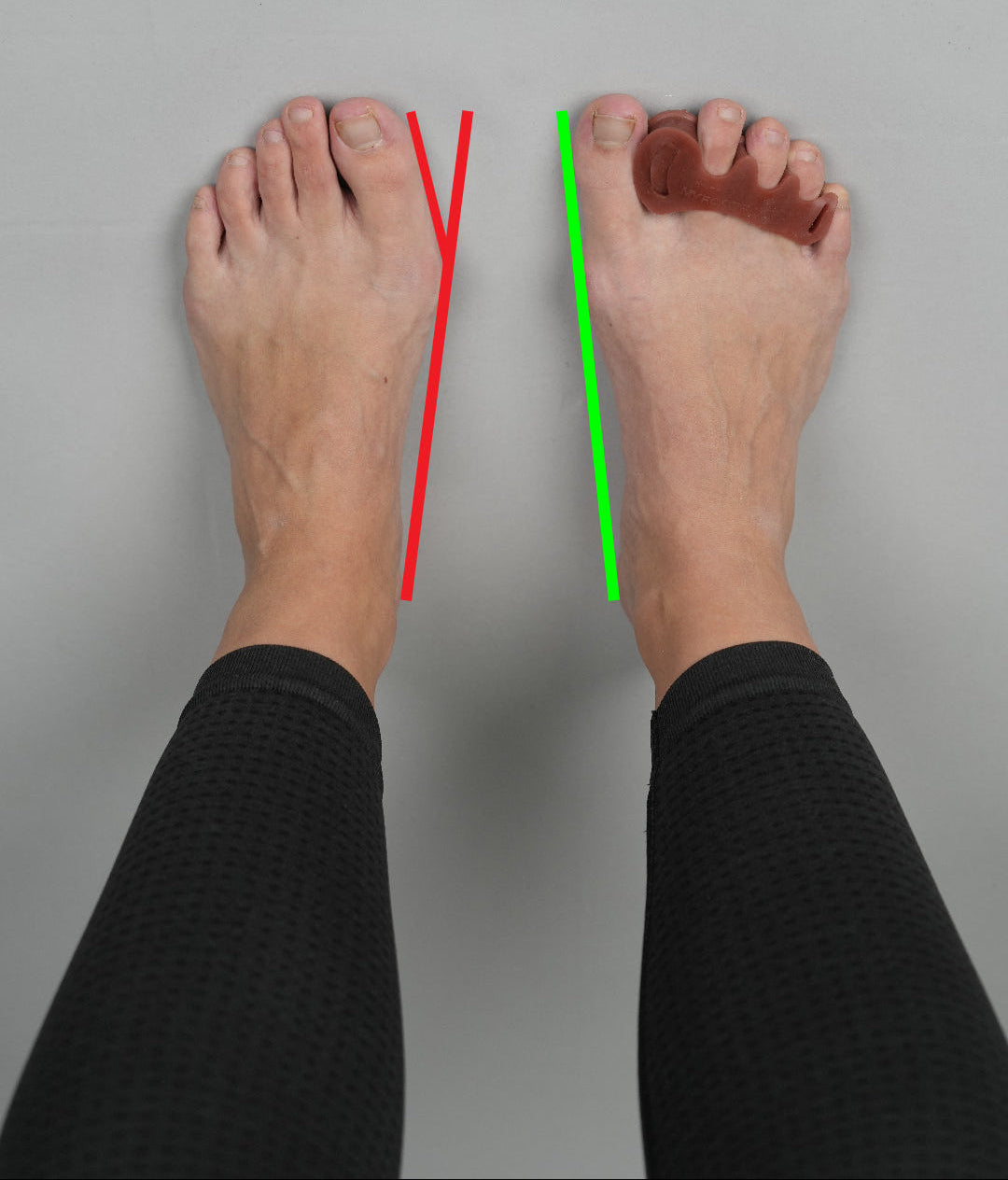
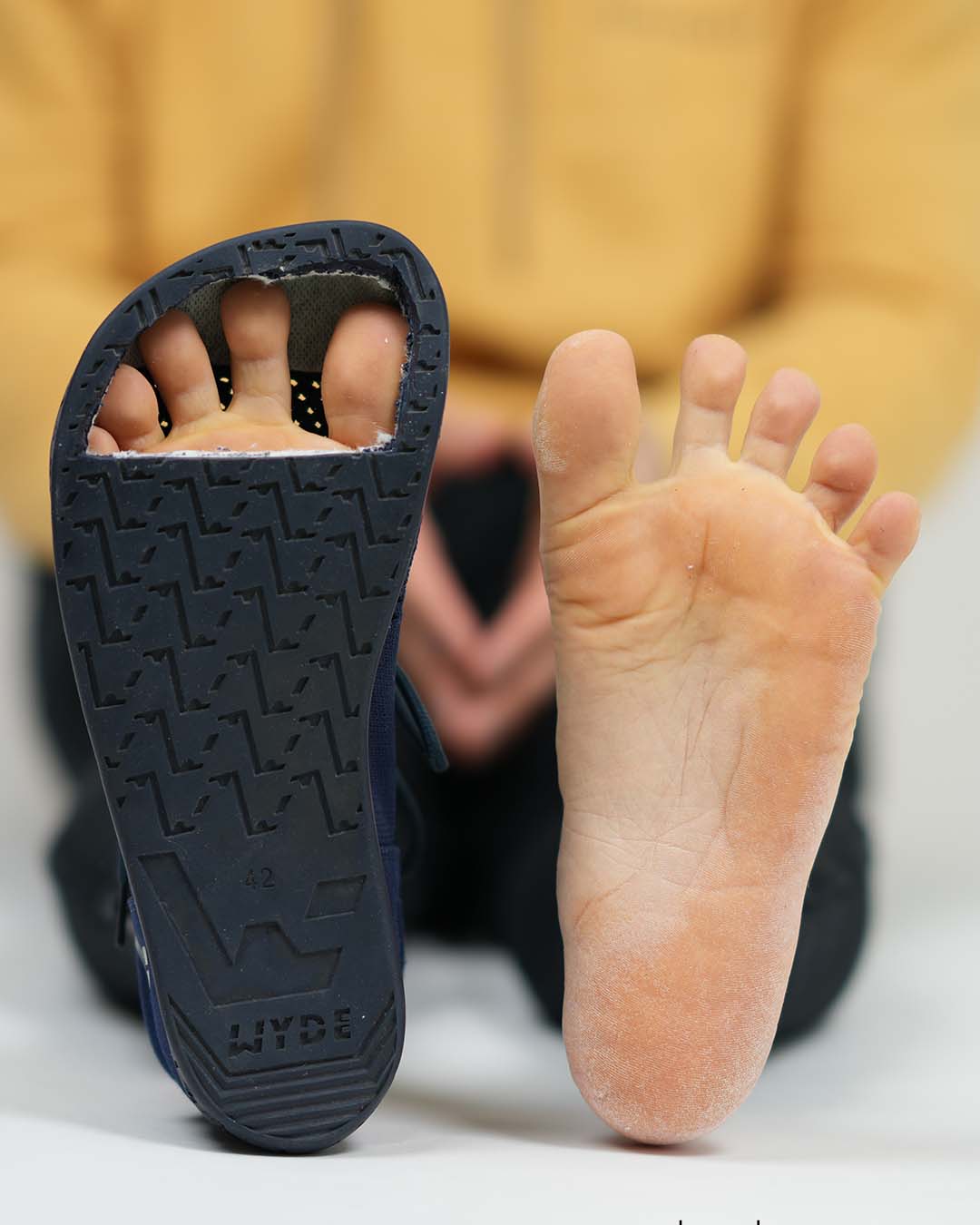
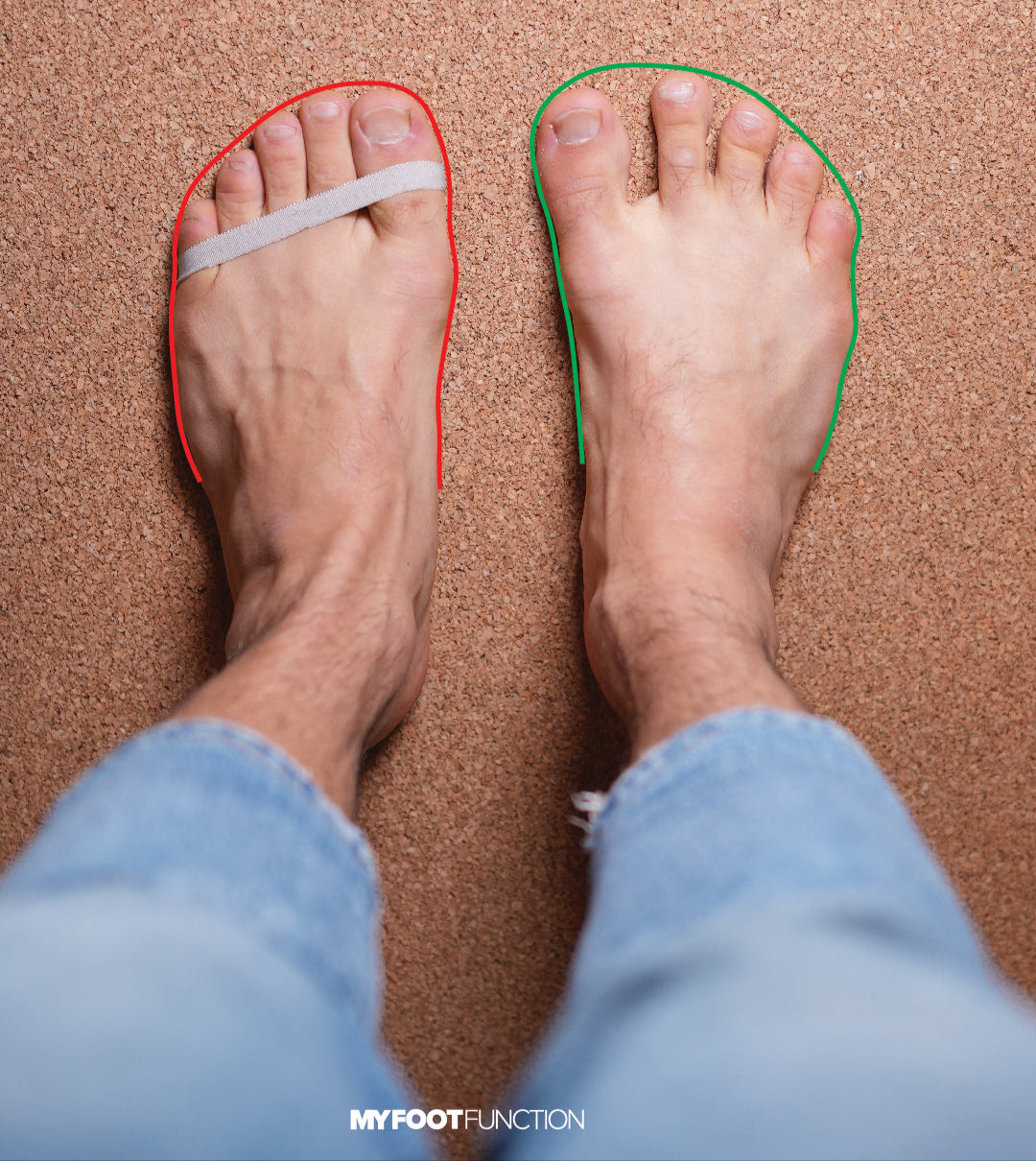

Share:
Feet and Footwear: Applying Biological Design and Mismatch
The feet of the industrial worker - E. P. CATHCART, M.D